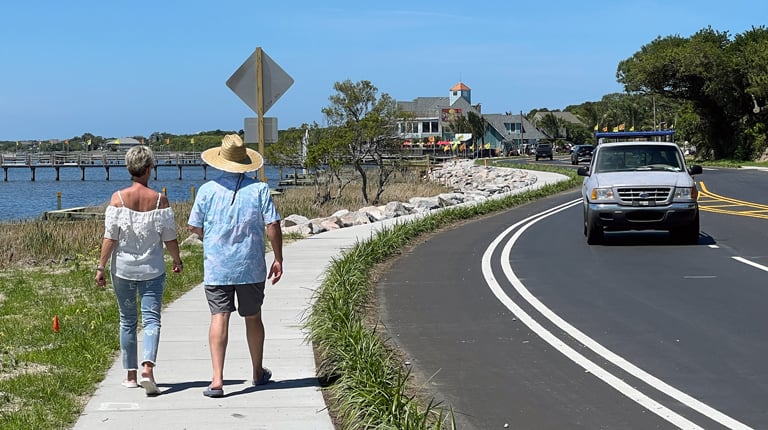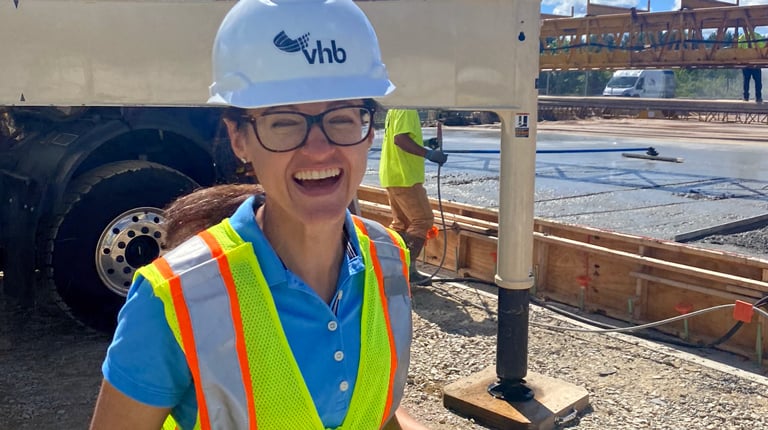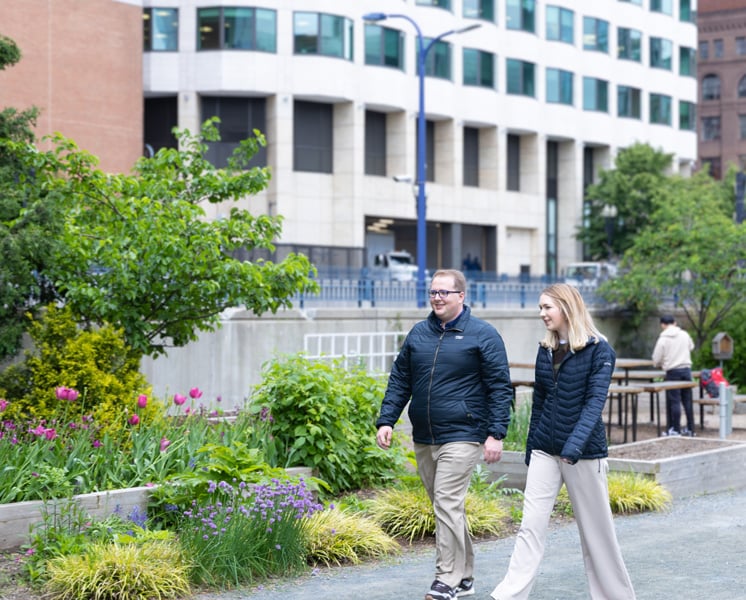Forward-thinking insights focused on a more sustainable tomorrow.
blogs
VHB's Viewpoints Blog reveals a behind the scenes look at the unique ways our people are shaping the built environment. Explore their inspired and innovative stories to learn something new and gain insight into a side of our industry you may not have seen before.
Interested in learning more about our Viewpoints?
In need of a speaker or presenter for your next event?
Looking to schedule an interview with VHB leaders?
Connect with us!
Our team is available to share insights on key industry issues. Learn more about connecting with VHB »









